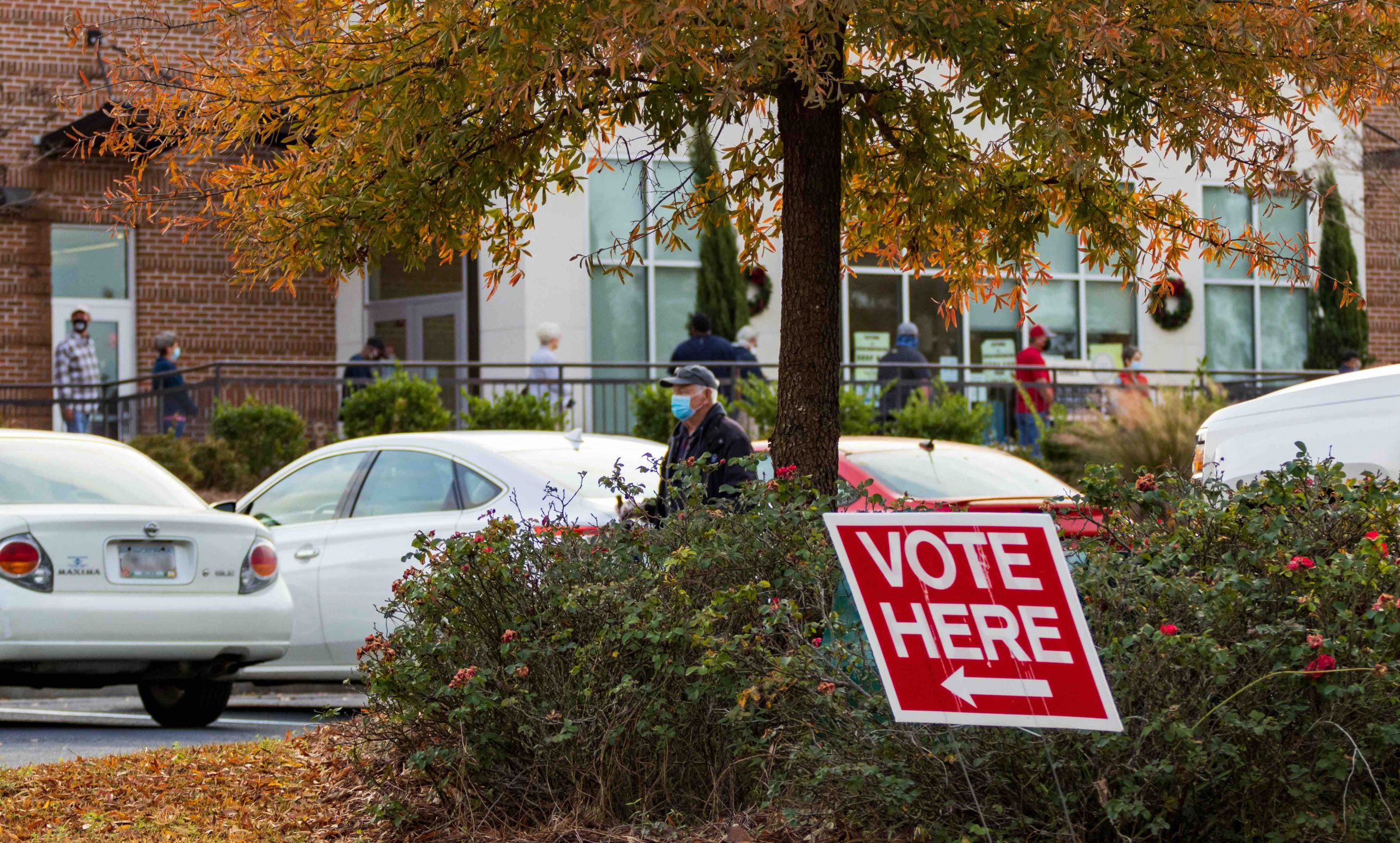Live, but not livestreamed, opinion announcements return
A View from the Courtroom
on Jan 23, 2023
at 2:21 pm
A View from the Courtroom is an occasional series offering an inside look at oral arguments and opinion announcements unfolding in real time.
The Supreme Court on Monday issued its first opinion announcements from the bench since the COVID-19 pandemic disrupted everything three years ago.
The last opinion announced from the bench was in Kansas v. Garcia, an immigration case decided on March 3, 2020. That was on a Tuesday during the second week of arguments in the February sitting of that term. The court also heard arguments that day and the next day (for a little case called June Medical Services v. Russo), and it took the bench the following Monday, March 9, for bar admissions but had no opinions ready to announce that day.
Just a few days later, on March 12, as concern grew around the nation and the world about the pandemic, the court announced the closure of the building to the public “until further notice.” And a few days after that, oral arguments were postponed indefinitely as well. By March 23, the court had issued its first opinions in argued cases by plopping them on its website. And that is how things stayed through the end of last term. (Oral arguments returned by telephone later in the spring of 2020 and continued over the phone for all of the 2020-21 term before the justices returned to the courtroom in the fall of 2021.)
During that time, the court decided some major cases involving abortion, religious liberty, the president of the United States, student speech, the Second Amendment, and LGBTQ rights. One can imagine there would have been some interesting summaries by the authors of those opinions, and very likely some dissents read from the bench.
Justice Elena Kagan, speaking last October at the University of Pennsylvania, reflected on the dissents from the bench that have been missing during the recent period.
“There are sort of ordinary dissents, and then there are the kinds of dissents you speak from the bench,” Kagan told Penn President Liz Magill. “The kind where you think something very important is at stake. And you’re not just going to get back on the train.”
Kagan said bench dissents can “speak to the future.” They send a message that say, “You know, this court has made a decision, but there are various ways to remedy or limit or to cabin mistakes and we should be looking to do that. And to give people some guidance or give people some hope that that might happen.”
Before COVID-19 struck “and we didn’t announce our opinions anymore,” Kagan said, “I think I had done it three times in about 10 years. Now, I probably would have done it a few more last year. And those are important things to say.”
Today, there won’t be any dissents from the bench, but one can imagine that this spring will see a few.
Inside the courtroom, which re-opened to the public at the beginning of this term, the bar section is full of people in military uniforms. There are two large groups of Judge Advocate General Corps officers, one from the Air Force and the other from the Army, who will be sworn in today.
As is customary, lawyers from the U.S. solicitor general’s office fill the seats at the two lead counsel tables, though SG Elizabeth Prelogar is not here today. Deputy SGs Malcolm Stewart and Eric Feigin lead the contingent of several of their colleagues.
Also in the courtroom is the court’s reporter of decisions, Rebecca Anne Womeldorf, who is hearing her first decisions reported live from the bench since taking office in January 2021 amid the pandemic procedures. She succeeded longtime reporter Christine Fallon, who retired the previous September.
Womeldorf, who oversees style matters and checking citations, has been in her VIP seat in the courtroom for oral arguments a fair number of times. And as the court announces the rest of its opinions this term, she will likely be there on other opinion days, too.
Marshal of the Court Gail Curley, who has been in the news the past several days, is probably happy to be performing one of her more ceremonial duties when she calls the court into session promptly at 10 a.m. When the justices take the bench, there are some vacant seats. That is not unusual in these “non-argument sessions.” Justices Samuel Alito, Elena Kagan, Neil Gorsuch, and Brett Kavanaugh are absent.
One participant in SCOTUSblog’s live blog this morning suggested they are upstairs in the court’s gym, playing pickleball. (On a related sports news note, I’ve been waiting for just the right moment to pass along that in November, the annual charity dodgeball game was held in the gym, with the law clerk team, Motion to Strike, defeating the staff team, Peremptory Strikers.)
Chief Justice John Roberts does not say anything about the absent justices. He announces that orders have been released and then that Justice Amy Coney Barrett has the opinion of the court in Arellano v. McDonough, a case involving retroactive disability benefits for military veterans.
This is Barrett’s first opinion summary from the bench, since she joined the court in the fall of 2020. Her first merits opinion was issued in March 2021, and was released only electronically.
She leans forward and delivers a crisp summary of the holding in a rather technical case about whether a veteran could invoke an exception that would allow him to file his application for retroactive benefits outside the one-year application deadline. The answer is no, because the deadline is not subject to “equitable tolling,” Barrett says.
The decision is unanimous, she says. The case was argued on Oct. 4, the second day of the term, and the ruling is a victory for the solicitor general’s office and Secretary of Veterans Affairs Denis McDonough.
Roberts then has an announcement about a case argued much more recently, on Jan. 9, known as In Re Grand Jury. The writ of certiorari is dismissed as improvidently granted, the chief justice says. The case involved attorney-client privilege when communications involve both legal advice and business matters. Various justices expressed frustration with the case during oral argument, so this outcome is not a huge surprise. The DIG is also a victory of sorts for the solicitor general’s office, which (as the respondent in the case) was defending the lower court’s judgment. The DIG leaves that judgment intact.
The two decisions take all of five minutes to announce, and needless to say, there are no dissents from the bench since there are no dissents. It’s a bit anticlimactic after the long wait for the first merits decisions of the term, and it is not as if today represents a bursting dam of opinions ready for release. Meanwhile, the bar admissions of the JAG officers will take more than twice as long as the opinion announcements.
None of this, as has been widely discussed, is being livestreamed, as oral arguments are now. Some observers have bemoaned this, though others have long known that the court does not want to make the audio of opinion summaries and any oral dissents available for the daily news cycle.
And given that opinion announcements on an argument day would delay the time when a livestream of the oral argument would begin, it seems a strong possibility that opinions may come only on these “non-argument” days through the February, March, and April argument sittings. After oral arguments end (on April 26 this term), it will only be non-argument sessions for bar admissions and opinions, and those will not be livestreamed.
That’s just some inside baseball for you all as the court begins a four-week recess. Or, if you will, inside pickleball. Or inside dodgeball.






